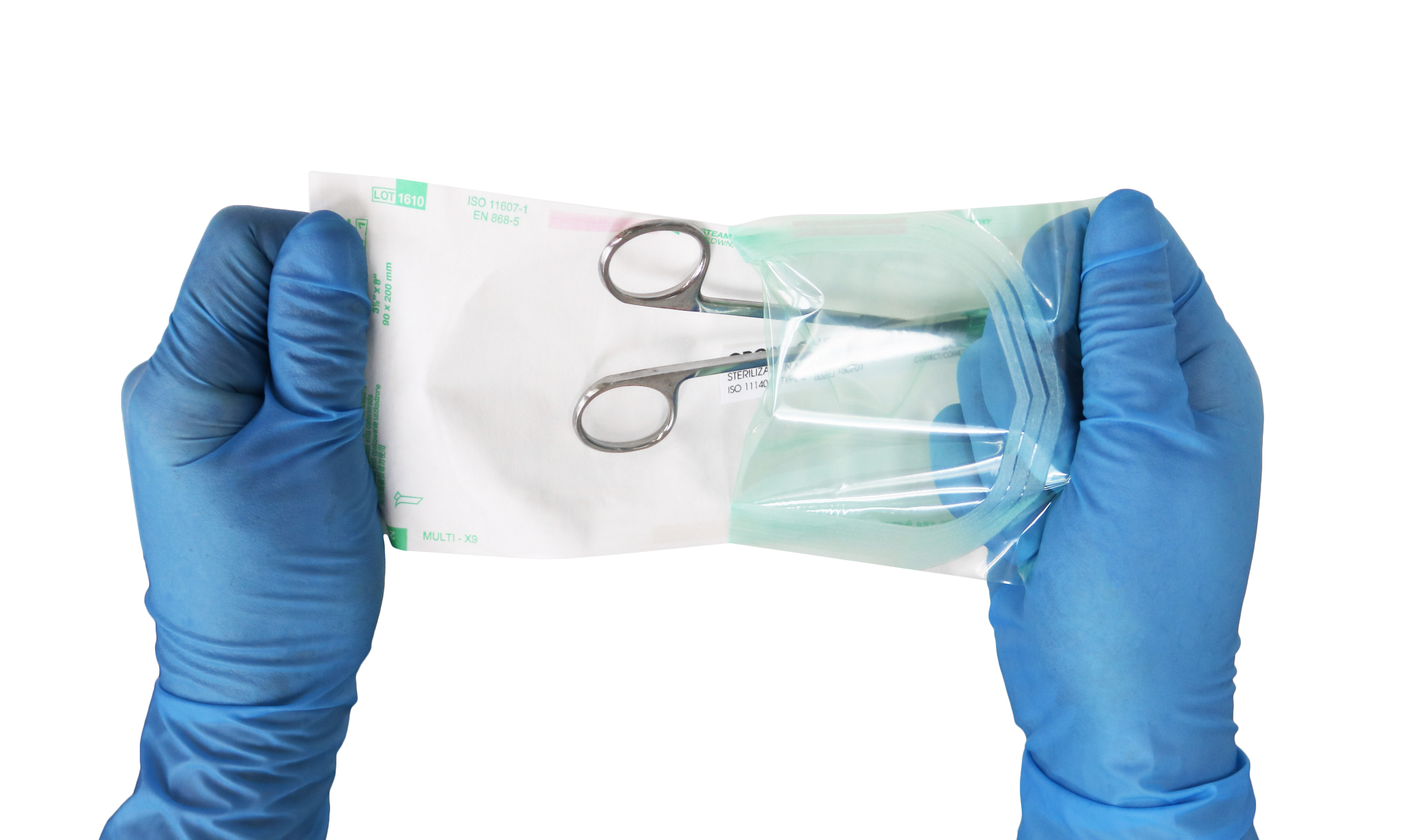IF A TREE FALLS – ISSUE NO. 469
June 1, 2018
If a tree falls and no one is around to hear it, does it make a sound?" This question is one that has been pondered by many. The answer lies not solely in the philosophy of perception, but in the science of sound waves. Imagine taking a walk along a trail in Yellowstone. Everything is peaceful until a cracking noise is heard nearby and suddenly a tree falls to the earth. The vibrations from the tree travel through a medium, air, and these vibrations cause pressure changes on air molecules, creating waves. These waves created are then received by a source, the ear, and it is perceived as sound. Now imagine a snake slithering across the trail. It sensed the vibrations from the falling tree using its bones and muscles from its jaw as a receiver. As we know, however, there are some sounds we cannot hear. Humans have a limited audio frequency range of about 20 Hz to 20 kHz. The frequency of infrasound is below human's ability to hear and ultrasound is above.
In medical science, the use of sound waves outside human audio frequency is ubiquitous. A familiar example of this is ultrasonic cleaners. Ultrasonic cleaners use the science of ultrasonic sound waves to clean medical instrumentation. The transducers within the ultrasonic cleaner emit ultrasonic waves and these waves expand and condense as it oscillates through the solution within the ultrasonic cleaner. During expansion, these waves tear apart the liquid, creating voids, or bubbles. When the pressure is great enough, these bubbles implode, or collapse inward, in a process called cavitation. Cavitation is a gentle way to "micro scrub" medical instruments to assist in removing soil from them.
However, there needs to be enough energy emitted through this process for efficient cleaning. Factors such as water levels, water temperature, improper degassing, deficient energy supply, cleaning solution type, or even overloading can affect this process.
SonoCheck™ makes it possible to determine if the ultrasonic cleaner is operating efficiently. When placed within the ultrasonic cleaner at the start of the cycle selected, the chemistry within the SonoCheck™ is affected by the ultrasonic waves, causing it to change colors. When there are problematic factors, the time it takes for the SonoCheck™ to change color is increased. It is necessary for the ultrasonic cleaner to be working efficiently for optimal cleaning.
Though we may not be able to hear these ultrasonic waves, it is possible to know they are there working effectively with the use of SonoCheck™.
HAVE A QUESTION?
WE ARE HERE TO HELP
Have a question about our products? Contact us today to speak directly to a Healthmark team member or shop our catalog now to request a inquiry


